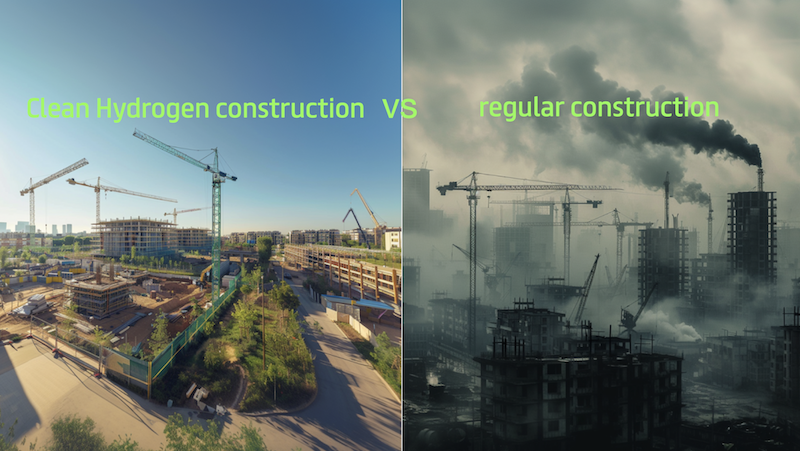The UK government has confirmed investment of £171 million for nine projects, located in Humber and Teesside, Scotland, South Wales and Merseyside to reduce emissions. Hydrogen plays a leading role in the projects.
As part of its climate change strategy the Department for Business, Energy and Industrial Strategy also plans to price carbon on industrial pollution.
The engineering and design support required to create hydrogen infrastructure, plus the rollout of carbon capture usage and storage will be central to the nine government funded projects. They include H2H Saltend on Humberside, Net Zero Teesside, and the HyNet North West project on Merseyside.

The nine projects with Government funds allocated by BEIS could capture two million tonnes of CO2 annually from 2026, decarbonise 750 MW of power and reduce the region’s industrial emissions by a third
The funding forms part of a broader strategy to cut CO2 emissions from industry, hospitals and schools, “creating and supporting up to 80,000 jobs over the next three decades,” BEIS said.
£932 million of funding for energy efficiency uptake including low carbon heating systems, LED lighting and insulation is being spread across 429 public sector projects in England.
Funding for Industrial decarbonisation is being directed to five regional projects: Humber, St Fergus, Merseyside, South Wales, Aberdeenshire and Teesside.
£31 million has been awarded to the Net Zero Infrastructure project in Scotland, allocating funds to offshore and onshore engineering studies connecting CO2 stores under the North Sea to industrial sites all over East Scotland.

Scotland has been allocated funds to study CO2 stores under the North Sea
£21 million has been allocated to the Zero Carbon Humber Partnership on Humberside, including Equinor’s blue hydrogen production project on the north bank of the Humber, CO2 and hydrogen pipelines for industrial sites and power stations across the Humber to switch to hydrogen, and transport captured emissions H2H Saltend.
Furthermore Humber Zero will decarbonise the Immingham industrial complex through creation of a carbon capture and hydrogen hub, and is being awarded £12 million.
The Humber projects projects capturing 25 million tonnes of carbon per year.
£33 million has been allocated to HyNet North West on Merseyside. Whilst creating a hydrogen economy across the North West the project will decarbonise industry by storing captured emissions.
Overall the project will reduce CO2 emissions by 1 million tonnes per year from 2025, rising to 10 million tonnes per year from 2030, by providing a blend of hydrogen and natural gas to businesses and local homes.

South Wales has been awarded £20 million for its hydrogen and carbon capture project
£20 million will be awarded to the South Wales Industrial Cluster, forging by 2040 a net zero industrial zone from Pembrokeshire to the Welsh/English border. This is also a hydrogen and CCS project, with the goal of addressing the region’s emissions of nine million tonnes of carbon a year.
Finally, £52 million is being spent on Teesside for two projects with the Northern Endurance Partnership; an offshore CO2 transport and storage system, and a flexible gas power plant fitted with carbon capture.
“Together the projects could capture around two million tonnes of CO2 annually from 2026, decarbonise 750 MW of power and reduce the region’s industrial emissions by a third,” BEIS said.
Further details including a policy framework to ensure fuel switching from fossil fuels to hydrogen, electricity and biomass will be made available later March 17, BEIS said.






